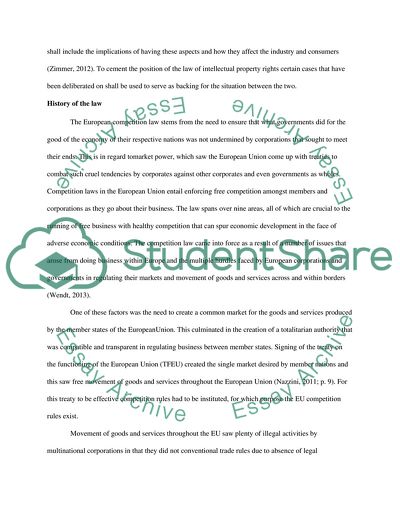Cite this document
(“The public interest requires a balance between the need for Essay”, n.d.)
Retrieved de https://studentshare.org/law/1636339-the-public-interest-requires-a-balance-between-the-need-for-intellectual-property-rights-and-the-need-for-effective-competition-explain-this-proposition-in-relation-to-one-form-of-intellectual-property-right-and-discuss-whether-the-law-strikes-t
Retrieved de https://studentshare.org/law/1636339-the-public-interest-requires-a-balance-between-the-need-for-intellectual-property-rights-and-the-need-for-effective-competition-explain-this-proposition-in-relation-to-one-form-of-intellectual-property-right-and-discuss-whether-the-law-strikes-t
(The Public Interest Requires a Balance Between the Need for Essay)
https://studentshare.org/law/1636339-the-public-interest-requires-a-balance-between-the-need-for-intellectual-property-rights-and-the-need-for-effective-competition-explain-this-proposition-in-relation-to-one-form-of-intellectual-property-right-and-discuss-whether-the-law-strikes-t.
https://studentshare.org/law/1636339-the-public-interest-requires-a-balance-between-the-need-for-intellectual-property-rights-and-the-need-for-effective-competition-explain-this-proposition-in-relation-to-one-form-of-intellectual-property-right-and-discuss-whether-the-law-strikes-t.
“The Public Interest Requires a Balance Between the Need for Essay”, n.d. https://studentshare.org/law/1636339-the-public-interest-requires-a-balance-between-the-need-for-intellectual-property-rights-and-the-need-for-effective-competition-explain-this-proposition-in-relation-to-one-form-of-intellectual-property-right-and-discuss-whether-the-law-strikes-t.


